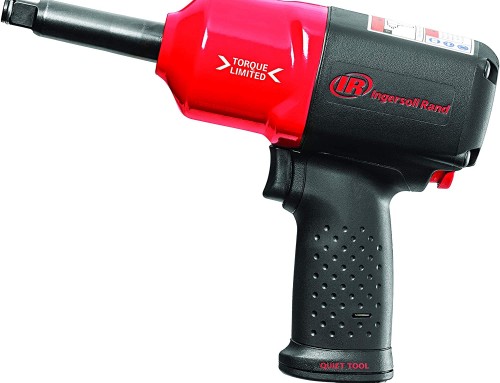In environments that are often very loud, such as airports, construction sites, and garages, noise is more than just an inconvenience; it is a serious occupational hazard. The roar of jet engines, the grinding of heavy machinery, and the whir of power tools can expose workers to sound levels well beyond safe limits. Without accurate measurements, it becomes impossible to determine the true extent of the risk, leaving employees vulnerable to hearing damage and employers open to regulatory non-compliance. The Canadian Occupational Health and Safety Regulation Interpretation Policy (IPG-074) sets clear guidelines on acceptable exposure limits, and one of the foundational requirements for meeting these standards is the use of properly calibrated sound level meters.
Accurate calibration is not only the best practice; it is a legal necessity. IPG-074 states that sound levels must be measured using devices that are calibrated and set to the slow- response mode under normal working conditions. These devices must capture all sound levels starting from at least 74 dBA, ensuring that even moderate levels are accounted for in the overall noise exposure calculation. Hazard investigations are required when employee exposure reaches or exceeds 84 dBA, and these assessments must be conducted by a qualified individual using a calibrated meter. Without precise calibration, results may be misleading, leading to underestimation of noise hazards, failure to implement proper safety measures, and ultimately putting workers’ hearing at risk.
The regulation also makes it clear that proper documentation is a crucial component of noise management. Hazard investigation reports must be kept for at least 10 years and posted permanently in areas where sound levels exceed 84 dBA. This transparency ensures that workers are informed about the risks in their environment and that occupational health and safety committees have access to the data needed to develop effective strategies.
The benefits of accurate calibration extend beyond compliance. Reliable measurements provide the data necessary for implementing targeted noise control strategies. These may include redesigning equipment to reduce noise output, installing sound-dampening materials, modifying work schedules to limit peak noise exposure, or rotating staff to reduce individual exposure times. When decisions are made based on precise data, they are not only a lot more effective, but they are also easier to justify to both employees and regulatory bodies.
Calibrated sound level meters also play a critical role in building trust. Workers who know that noise assessments are accurate are more likely to feel confident that their safety is being prioritized. To piggyback off of that, safety committees and occupational health representatives can meaningfully contribute to workplace noise reduction initiatives when they have access to dependable, well-documented data.
The cost of neglecting calibration can be significant. Inaccurate readings can result in undetected overexposure, leading to long-term hearing loss for employees, costly workers’ compensation claims, and damage to a company’s reputation. Regulatory violations can also result in fines and increased scrutiny from enforcement agencies. In comparison, the investment in routine calibration and verification tests is relatively small and offers substantial protection against these risks.
Ultimately, in high-noise industries, the regular calibration of sound level meters is more than just a compliance measure; it is an essential component to occupational safety. It protects workers’ health, supports informed decision-making, builds trust in workplace safety programs, and shields organizations from legal and financial repercussions. Pylon is proud to be a part of making workplaces safer.





